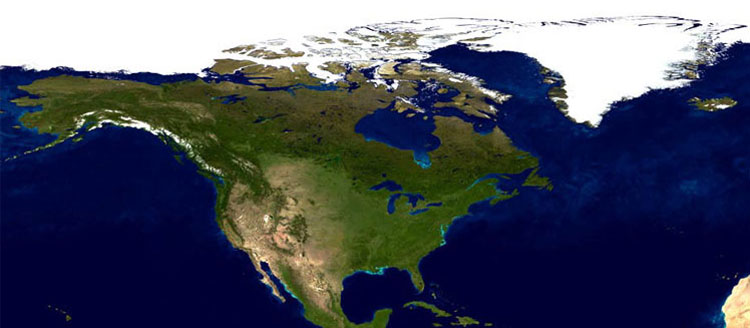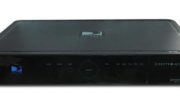At one time, DIRECTV used seven satellite locations for US HD programming. DISH, until very recently, used two different sets of three. A lot of satellite locations means that satellite dishes need to be custom-designed. In some cases, like for example international programming, satellite TV subscribers have needed two dishes on the roof to get everything. It’s a lot simpler now, but why does it have to be this way at all?
Trying to make sense of it all
Here’s the thinking. A satellite is just about the size of a car give or take. An orbital “slot” like the 101 degree spot where DIRECTV has its satellites is about 420 miles wide. You’d think that they could put a lot of satellites in that 420 miles, right?
Well right but…
There are rules for how widely spaced satellites must be. This is partially because satellites tend to drift around a little bit and if they hit each other that would be BAD. It’s also because satellites run on solar power so we don’t want them casting shadows on each other, and partially because we don’t want the high-powered beams from each satellite to interfere with each other. A little bit of research suggests that each satellite must be about 46 miles from each other one, meaning that precious 101 slot, which is right in the middle of the country and does such a good job covering it, can only hold 9 satellites.
There are other companies who want that “slot” so there’s some competition there. There is also a limitation as to how much satellite bandwidth can be allocated to each location, and that is a concern as well. It may seem like there is this really big pool of frequencies that satellite TV can use, but it’s not really that way. Plus, more frequencies would mean much higher costs.
How we got here
When they chose to expand, DIRECTV got some prime real estate right in the middle of the country, at the 99 and 103 slots. This meant that more people would have an easy chance of seeing all the major satellites at once. At the same time, they started phasing out less valuable satellites. DIRECTV’s satellite at the 72.5 location went first, followed by the one at 110 degrees and the one at 95 degrees. At present there isn’t much on the satellite at the 119 degree location, and once the last satellite there is decommissioned, DIRECTV’s footprint will be down to three satellite locations.
On the other hand, DISH chose to have two sets of three satellites, one on the far west end of the US and one on the east. This choice actually saved them money since even though satellites themselves cost a lot of money. The cost of those highly desirable mid-South licenses was the real dealbreaker. About a month ago, DISH ended all broadcasts at its 129 degree west location. You probably didn’t even notice, because the transition was so smooth. The company now operates two locations in the west and two in the east. It’s not likely that we’ll see any more consolidation than that.
Want to know more?
If you want to know more about what satellite service is best for you, call the experts! Solid Signal’s Detroit-area corporate offices are open during East Coast hours. When you call us, you’ll reach a team of experts who are ready to answer the tough questions! We’ll take great care of you. Call us at 888-233-7563 or fill out the form below.




